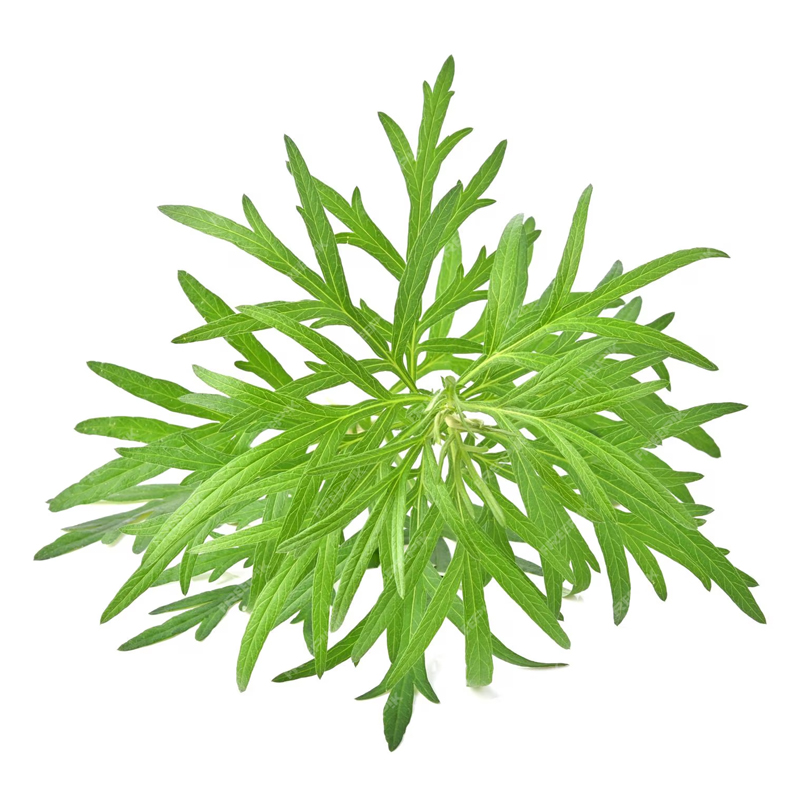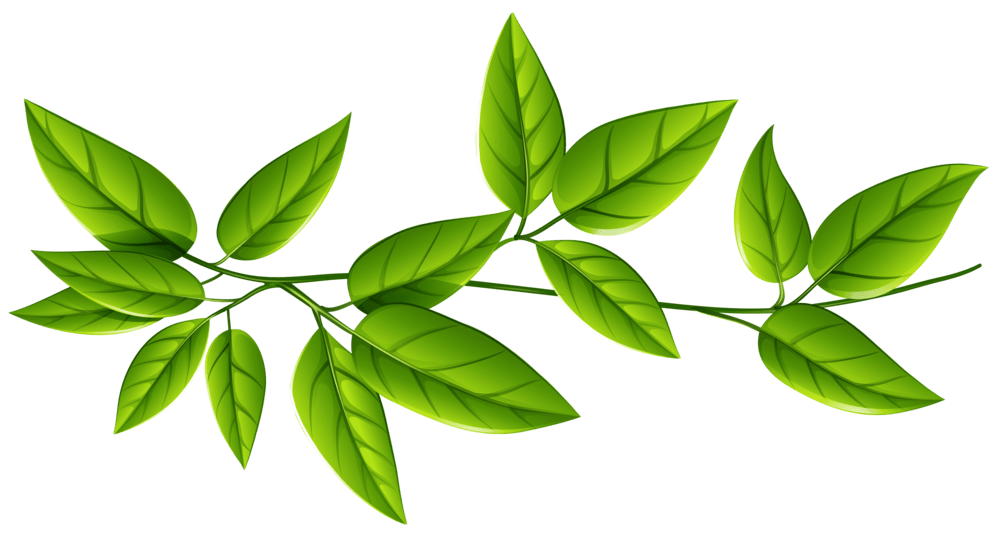Sweet Wormwood
Artemisia annua L. – Asteraceae

Sweet wormwood is an annual herbaceous plant from the genus Artemisia that belongs to the family of Asteraceae. It grows in nature as a weed plant. It is an autochthonous variety from the temperate regions of Asia, but due to its medicinal importance, it is spread all over the world, especially in South and Southeast Europe and North America.
There is a long history of using the aerial parts and leaves of A. annua for medicinal purposes in certain Asian countries. The aerial part of sweet wormwood is used as a traditional medicine, while the leaves are used as raw material for the extraction of artemisinin. Sweet wormwood is used as a traditional herbal remedy for temporary loss of appetite, for mild dyspeptic/gastrointestinal disorders.
The pharmacological activity against chronic and infectious diseases of various metabolites from A. annua, artemisinin and its derivatives, flavonoids and essential oils, has been supported by preclinical experimental evidence both in vivo and in vitro, and has been concluded by clinical observations in humans treated with different parts of the plant, mainly the leaves, in the treatment of malaria. The leaves, seeds and the whole plant of A. annua have also shown pharmacological activity against parasites responsible for leishmaniasis and Chagas disease. The first report on the in vivo efficacy of A. annua against dengue fever has recently been published.
The best known of all the active ingredients is the sesquiterpene artemisinin and its chemical derivatives. The plant is not only high in polyphenols, flavonoids, proteins, coumarins, phytosterols, polysaccharides but is also rich in potassium, selenium, nitrates and inorganic salts. Volatile essential oils are present in concentrations of 0,20 – 0,25 %. Other important constituents include camphene, ketone, camphor, betacaryophyllene, pinene.

Artemisinin has been chemically modified by pharmaceutical companies to improve its solubility in either water (artesunate) or fat (artemether). These derivatives have been claimed to be 5 times more effective than artemisinin, but scientific data to support this claim are scarce.
Over the past 40 years, a large number of peer-reviewed papers have focused their research on the antiparasitic activity of artemisinin. In particular, polyphenols and flavonoids are now considered to be key substances in the efficacy of A. annua and other plants of this family. Flavonoids such as artemetin, rutin, quercetin, casticin, eupatin, luteolin and their glucosides have a wide range of biological activities, many of which have synergistic effects. Luteolin has shown antimalarial and antioxidant activity. The main constituents of the essential oil of A. annua are cineole, camphene, α-pinene, germacrene, camphor ketone. They are present in concentrations of 0,20 – 0,25 % and have shown not only various antimicrobial activities but also anti-inflammatory and cytotoxic activities. Phenolic acids, chlorogenic and rosmarinic acids are present in the aqueous extract of A. annua. They are potent antioxidants and can reduce the secretion of anti-inflammatory cytokines, interleukin-6 and interleukin-8.
A. annua is commonly called “wormwood” because it is anthelmintic, and these properties of sweet wormwood have been known since ancient times. One study noted that A. annua is effective in the treatment of schistosomiasis (bilharzia), which is the second most important disease in tropical Africa. The University of Cumana in Venezuela conducted a study in 2013 on the effect of A. annua on epimastigotes of T. cruzi. After a 7-day treatment, the parasite density was significantly reduced.
